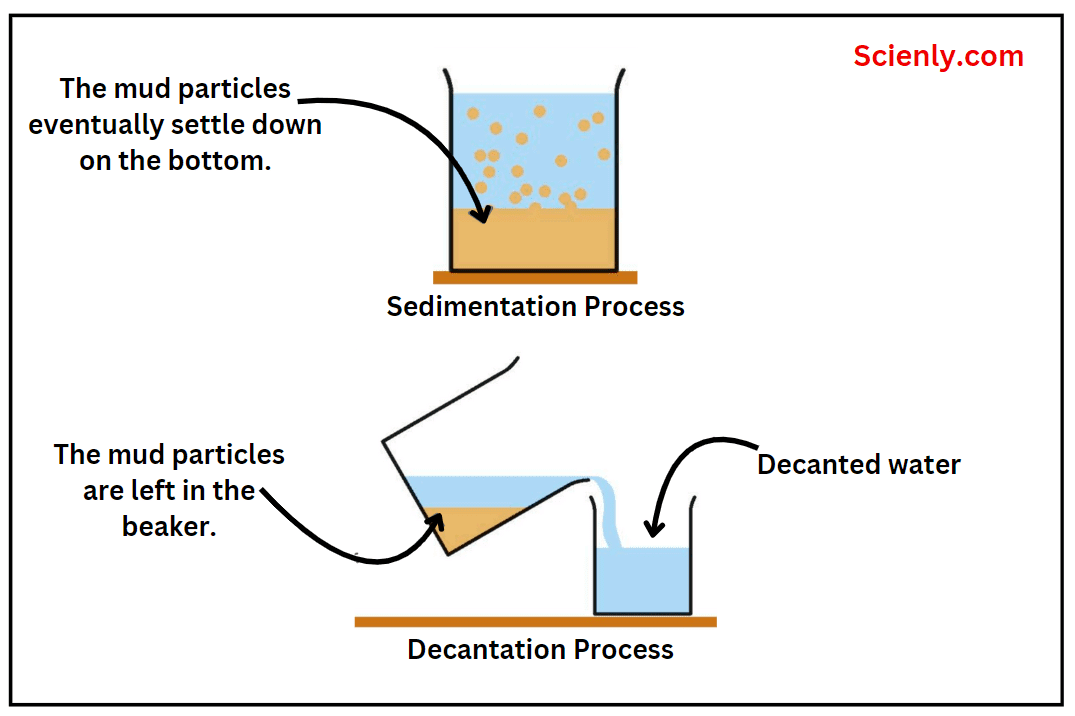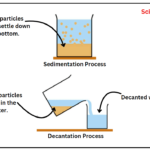Chemistry

Laws of Chemical Combination with Examples
The laws which deal with the composition of substances or compounds by mass or by volume are called laws of chemical combination or laws of stoichiometry. These laws are experimental laws which have been prepared by scientists based on performing…
Physical and Chemical Changes with Examples
Physical and chemical changes are very important in our lives. Every day we see many changes in our surroundings. These changes may occur one or more substances. For example, you are making a sugar solution by dissolving some sugar in…
What are Alloys: Types, Properties, Examples
Definition: Alloys are a homogeneous mixture of two or more than two metals, or a metal or a non-metal. Any physical methods can not separate into their constituents (or components) them. They may have variable composition but show the properties…

Methods of Separation of Mixtures with Examples
We know that the most of the natural substances are not chemically pure substances. They are mixtures that contain two or more kinds of substances. We use different methods of separation to get individual components from the mixture. Separating or…

What is a Mixture: Definition, Types, Properties, Example
Definition of Mixture: In chemistry, a mixture is a substance that contains two or more substances, either elements or compounds or both in any ratio. In other words, a mixture is a material that contains particles of two or more…

What is Compound: Types, Properties, Example
Definition of compound: In chemistry, a compound is a pure substance that is composed of two, or more different elements, chemically combined with one another in a definite ratio. In other words, a compound is a unique substance that can…

What is Element: Definition, Types, Examples
Element Definition: An element is a pure substance which consists of only one type of atoms That is, particles of an element consists of only one kind of atoms. These particles may occur as atoms or molecules. Another definition of…




